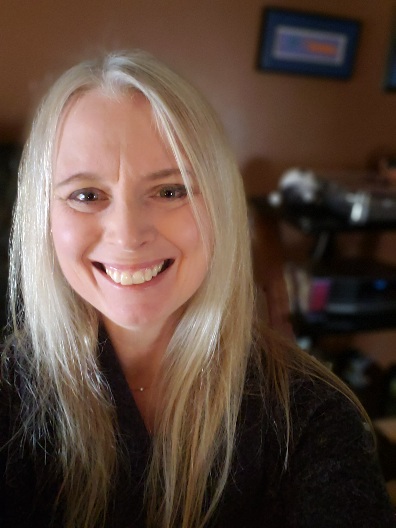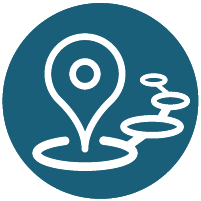Creating Innovative Spaces to Enhance Equity & Belonging
,
HBGCC - 301BC
Session description
Outline
This is a fast-paced, highly interactive session. Participants will work on action plans for design projects of all sizes and scopes as we move through material:
1. After a brief intro, we will dive right into an exploration of how physical spaces influence learning outcomes.
2. Participants will process this information and identify relevant areas for future exploration. They will then engage in a brief networking opportunity.
3. After an overview of the historical, structural, and philosophical links between Universal Design and Universal design for Learning, participants will have time to consider connections to their own practice. They will engage in a second networking opportunity.
4. We will explore the benefits using these to guide design of learning environments using our own MuseumLab as an example.
5. Following examples and takeaways from our practice designing learning environments, participants will consider the meaning of learner-centered design, its role in fostering belonging and equity, its connection to innovation, and its role in creating joyful learning experiences.
6. After a brief presentation on processes to gather user input on designs -- and the importance of this process -- participants will engage in a short design visioning session. They also will consider ways to connect this process to curriculum to deepen learning and feedback.
7. Participants will have some time to process this information and make notes for further inquiry.
8. Participants will receive resources to help focus their design process and decide on next steps -- and have some time for planning.
9. We will close with a group share and questions.
Supporting research
What is Universal Design? https://idea.ap.buffalo.edu/about/universal-design/
https://thisisud.com/
Edgerton E, McKechnie J. The relationship between student's perceptions of their school environment and academic achievement. Front Psychol. 2023 Feb 1. https://www.ncbi.nlm.nih.gov/pmc/articles/PMC9929545/
Fisher, D. & Frey, N. (2022). "Tending to Learning Environments." https://ascd.org/el/articles/tending-to-learning-evironments
Australia Children's Education and Care Quality Authority. (2018). Quality area 3: The environment and the "third teacher." National Quality Standard Information Sheet.
Horng, E. L. (2009). Teacher tradeoffs: Disentangling teachers' preferences for working conditions and student demographics. American Educational Research Journal, 46(3).
Mathews, B., & Soistmann, L. A. (2020). Encoding space: Shaping learning environments that unlock human potential. American Libraries.
National Center on Safe Supportive Learning Environments. (2022). Physical environment. https://safesupportivelearning.ed.gov/topic-research/environment/physical-environment
Uline, C. L., Wolsey, T. D., Tschannen-Moran, M., & Lin, C.-D. (2010). Improving the physical and social environment of school: A question of equity. Journal of School Leadership, 20(5).
Presenters


 Back
Back Trips and Tours
Trips and Tours